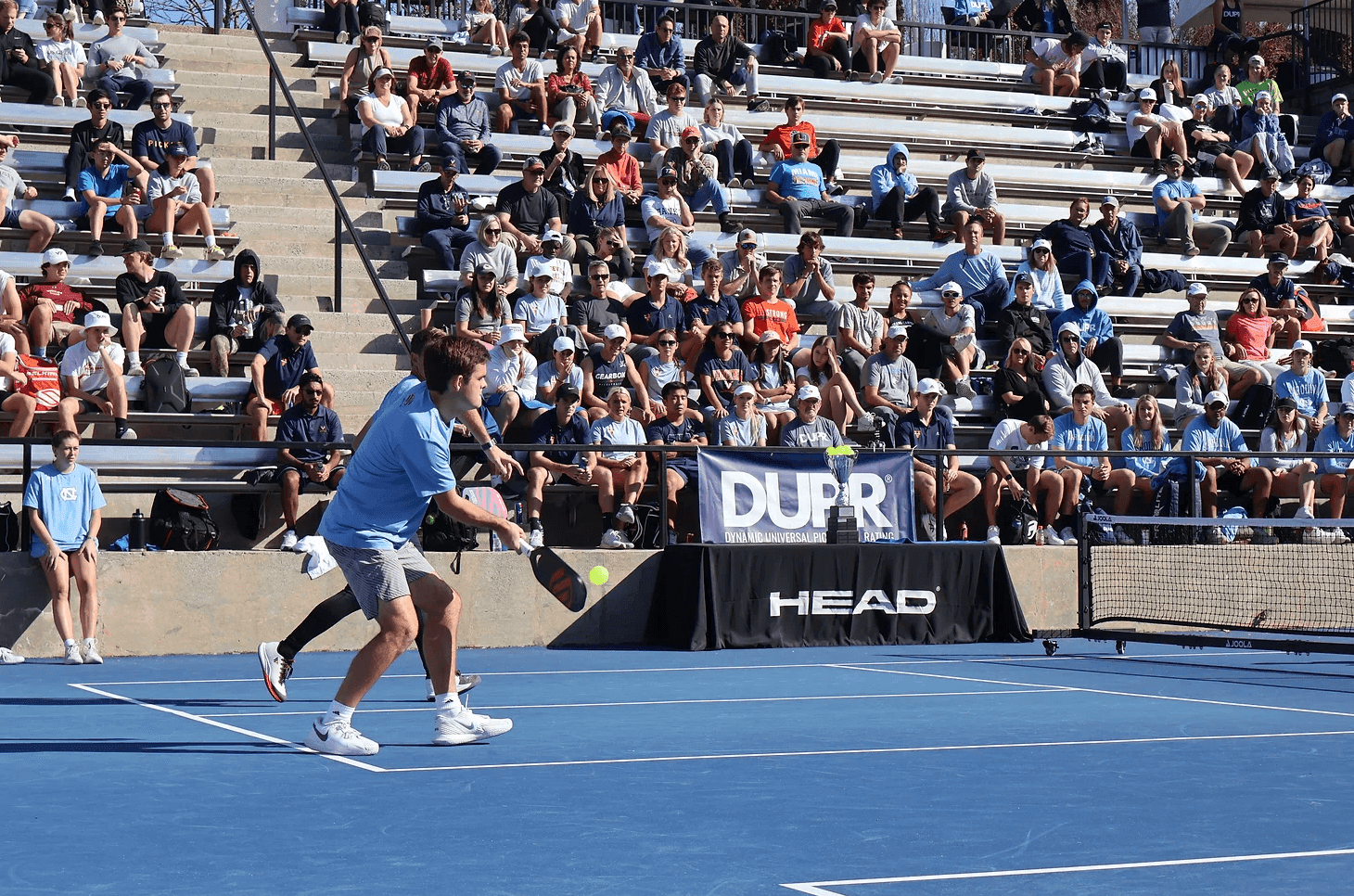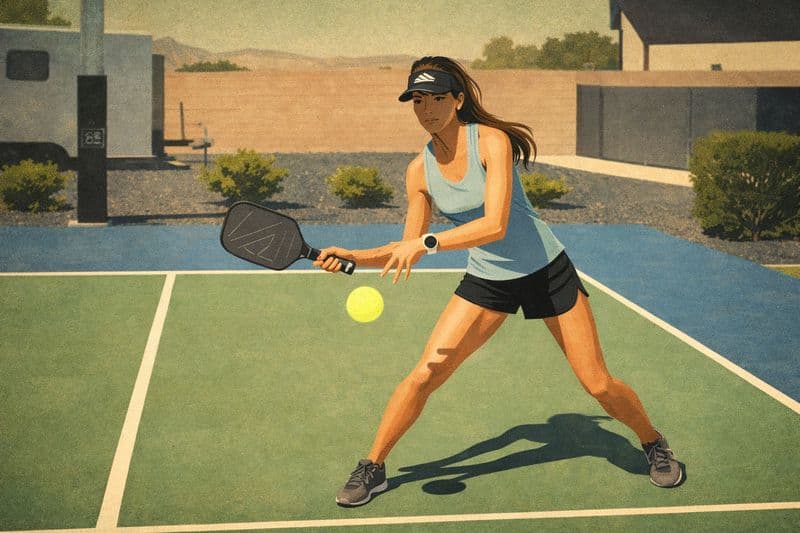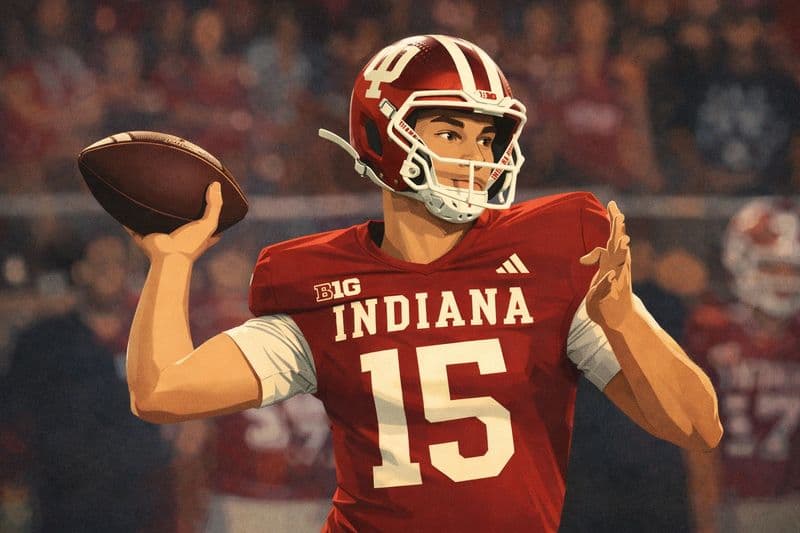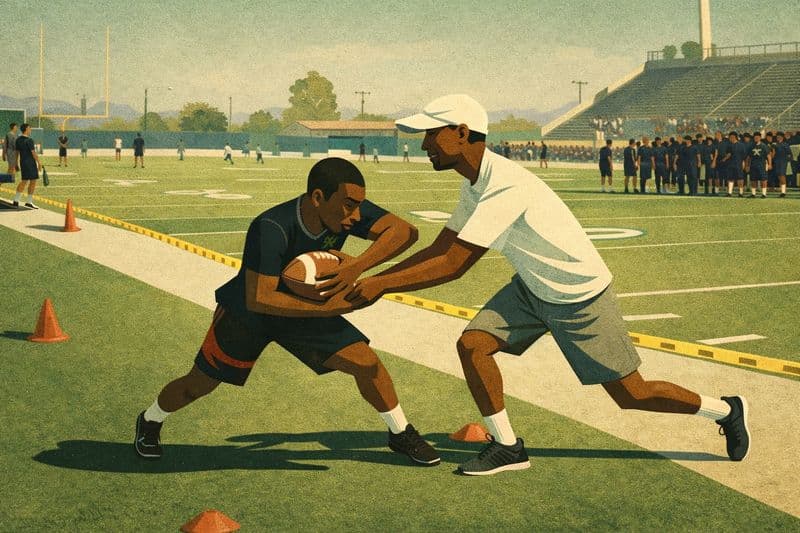
Introduction
Pickleball is rapidly growing on college campuses, but it’s not yet an official NCAA sport. Over 127 schools are already using platforms like DUPR to track matches, and tournaments such as the DUPR Collegiate National Championships feature 64 schools and a $32,000 prize pool. However, challenges like competing for resources with established sports, lack of a governing body, and inconsistent rules are slowing its path to NCAA recognition.
Key Points:
Current Status: Played as a club or intramural sport at 127+ schools.
Major Events: DUPR National Championships with 64 schools and $32,000 in prizes.
Obstacles: Need for standardization, more schools sponsoring varsity teams, and NCAA approval.
Future Outlook: With growing popularity, financial backing, and media coverage, NCAA recognition could happen in the next 3-5 years.
Pickleball’s rise among Gen Z and increasing institutional support make its future in collegiate sports promising, but more advocacy and organization are needed to secure its place as an official NCAA sport.
The Future of Collegiate Pickleball
Obstacles to Pickleball Becoming a College Sport
Pickleball is gaining traction on college campuses, but several hurdles stand in the way of it being recognized as an official collegiate sport. Tackling these issues will require collaboration and strategic planning from various groups.
Competition with Established Sports
Even programs like the University of North Carolina at Chapel Hill, known for their championship wins, face challenges when it comes to securing resources and attention. This reflects the broader struggle pickleball encounters as it competes with more established sports for facilities and institutional backing [1] [2].
The fight for space is especially tough, with pickleball often sharing facilities with other sports. This limits the ability of programs to schedule practices, host tournaments, and expand their presence on campus.
Adding to the problem is the lack of a unified governing body, which creates further obstacles to the sport's recognition.
Need for Standardization and Leadership
Although DUPR has made progress in organizing competitions like their National Championships, the sport lacks a central governing body. This results in inconsistent rules, tournament formats, and unclear eligibility criteria, making it harder for pickleball to grow.
Challenge Area | Current Impact |
|---|---|
Inconsistent Rules and Formats | Different rules and tournament structures make cohesive competition difficult. |
Player Eligibility | Standards vary between programs, leading to confusion. |
Competition Structure | No standardized season format, limiting the sport's organization. |
Limited Awareness and Advocacy Efforts
Despite 127 schools using the DUPR platform [1], pickleball's potential as a collegiate sport is still not widely recognized. Organizations like DUPR and NIRSA have partnered to improve the sport's visibility, creating tools such as the Collegiate Pickleball Club Guide.
DUPR has also invested in scholarships and travel stipends to help expand the sport’s reach. While these initiatives are boosting awareness, greater support from colleges and universities will be essential to secure pickleball's future in collegiate athletics.
Overcoming these challenges is key to achieving NCAA recognition and establishing pickleball as a legitimate college sport.
Initiatives for Collegiate Recognition of Pickleball
Efforts to establish pickleball as a recognized collegiate sport are picking up speed, thanks to collaboration among organizations and schools. These initiatives are shaping the sport's future in college athletics.
Contributions from Key Organizations
The US Collegiate Pickleball Association is at the forefront, setting tournament standards and eligibility rules. Other influential organizations include:
Organization | Role in Development |
|---|---|
DUPR | Offers financial support and organizes tournaments |
US Collegiate Pickleball Association | Creates standardized rules and eligibility frameworks |
Provides broadcast coverage for major events |
Growth of Collegiate Tournaments
The DUPR Collegiate National Championships is now a highlight of collegiate pickleball. In 2023, the event featured 64 schools and over 350 players [1]. The tournament includes doubles matches and unique 'dreambreaker' tiebreakers, adding an extra layer of excitement to the competition.
Media coverage, such as ESPNU’s broadcast of the championships, has amplified the sport’s exposure and appeal [1]. This visibility is crucial for attracting more schools and players to the competitive scene.
Colleges Adopting Pickleball
Utah Tech University stands out as a leader in collegiate pickleball. Entering the DUPR tournament as the top seed, the university highlights the sport's increasing competitiveness [3].
"People are respecting it more as a Gen Z sport", says Ciampini, a Utah Tech student and pickleball club member [3].
Currently, 127 schools are active on the DUPR platform, fostering regular intercollegiate matches and strengthening pickleball's presence in college sports [1].
While these efforts have addressed challenges like standardization and visibility, achieving NCAA recognition will demand continued advocacy and strategic planning. Tournaments, media exposure, and college programs are paving the way for pickleball’s growth at the collegiate level.
Future Prospects for Pickleball in College Sports
Requirements for NCAA Recognition

For pickleball to gain NCAA recognition, it must meet specific criteria, including a minimum number of schools participating, a formal governing structure, and a standardized competition format. This process mirrors the journey of beach volleyball, which achieved NCAA status through steady growth and organization.
Requirement | Current Status | Target Goal |
|---|---|---|
Participating Schools | 127 active schools | Minimum threshold set by NCAA |
Competition Format | DUPR tournament system | Standardized collegiate format |
Achieving these benchmarks is key to moving pickleball from a club-level activity to an officially recognized collegiate sport.
Potential for Scholarships and Growth
Funding for collegiate pickleball is on the rise. The 2023 DUPR Collegiate National Championships featured a $32,000 prize pool [1], signaling increased financial backing for the sport. This growing support hints at the possibility of scholarships becoming available once NCAA recognition is secured.
Importance of Community and Advocacy
Community involvement plays a vital role in pickleball's push for NCAA recognition. Its rising popularity among Gen Z and growing institutional support, evident from the 64 schools that participated in the 2023 DUPR Championships [1], highlight its forward momentum. A Utah Tech student captured this sentiment, saying:
"People are respecting it more as a Gen Z sport" [3]
The efforts of the USAPA, combined with DUPR's organizational framework, provide a strong platform for pickleball's development into an official collegiate sport. While the timeline depends on meeting NCAA requirements, the sport's rapid growth - both in school participation and financial investment - suggests notable progress within the next 3-5 years.
Grassroots efforts will remain a key factor in accelerating pickleball's journey into collegiate sports.
Ways to Support Pickleball's Growth in Colleges
Starting a Pickleball Club
The DUPR Collegiate Pickleball Club Guide provides tools to help campuses set up and run pickleball clubs [2]. For example, Utah Tech's successful pickleball club showcases how the sport can thrive in a college setting.
Key Steps for Club Development | Tips for Implementation |
|---|---|
Survey Student Interest | Find out how many students are interested and their preferred practice times. |
Coordinate Facilities | Work with campus recreation to secure courts and equipment. |
Create Leadership Roles | Assign positions for club officers and coaches. |
Plan Regular Activities | Organize consistent practices and internal tournaments. |
Using Coaching Platforms
Access to professional coaching can take college programs to the next level. Platforms like TeachMe.To connect students with certified instructors, offering structured training that benefits both individual players and teams. This kind of guidance helps students develop their skills and build competitive teams.
Promoting Through Events and Social Media
Events and social media are powerful tools for boosting pickleball's popularity. The 2023 DUPR Collegiate National Championships, which involved 64 schools and a $32,000 prize pool [1], is a great example of how organized competitions can drive interest.
To expand pickleball's reach, consider:
Hosting regional tournaments to bring colleges together.
Creating social media content that highlights student achievements.
Collaborating with local pickleball communities for extra support.
Sharing success stories from existing programs to motivate others.
These efforts not only increase pickleball's visibility on campuses but also tackle challenges like standardization, helping the sport move closer to NCAA recognition. With pickleball seeing a 30% rise in players between 2021 and 2022 [4], these actions are key to keeping the momentum going.
Conclusion: The Future of Collegiate Pickleball
The momentum behind collegiate pickleball is undeniable. Over 127 schools are already using the DUPR platform, and major events like the National Championships are being featured on ESPNU, bringing the sport into the spotlight of college athletics [1].
Student interest is fueling its growth across campuses, and milestones like a $32,000 prize pool and participation from 64 schools in national competitions show just how far the sport has come [1]. These achievements highlight pickleball's potential to establish itself as a serious collegiate sport.
Still, reaching NCAA recognition won't happen overnight. Key hurdles include standardizing rules, creating unified governance, and securing more institutional backing. Organizations like USA Pickleball and DUPR are working to address these challenges and build the necessary framework [1][4].
The sport’s future depends on continued community involvement, investment in facilities, and structured competitions. The introduction of professional-style tournament formats at the collegiate level signals real progress toward official recognition [1]. While NCAA status may be a longer-term goal, the rapid rise of pickleball has already set the stage for its integration into college athletics.
With schools expanding programs and governing bodies refining competition standards, pickleball is steadily carving out its place in the collegiate sports world.
FAQs
Pickleball's growth on college campuses has sparked curiosity about its current reach and future in collegiate sports.
How many colleges have pickleball teams?
More than 127 schools actively use the DUPR platform, with 64 schools competing in the 2023 National Championships, highlighting the sport's expanding presence in colleges [1]. Among these, the University of North Carolina at Chapel Hill stood out as the 2023 national champion [1].
For pickleball to gain NCAA recognition, at least 40 schools must sponsor it as a varsity sport. This also requires a governing structure and a standardized competition format. While many colleges currently operate pickleball clubs, the move to varsity status is still underway. Here’s a quick look at the numbers:
Metric | Value |
|---|---|
Schools Using DUPR Platform | 127+ |
National Championship Participants | 64 schools |
2023 Prize Pool | $32,000 |
DUPR has been instrumental in supporting collegiate pickleball by providing $200,000 in scholarships and travel stipends [1]. This financial investment, combined with the increasing number of participating schools, signals progress toward broader recognition. However, there’s still a way to go before meeting the NCAA’s requirements for varsity sponsorship.
The sport’s growing competitiveness and the rise in tournament participation show its momentum, but further steps are needed to achieve NCAA recognition.



